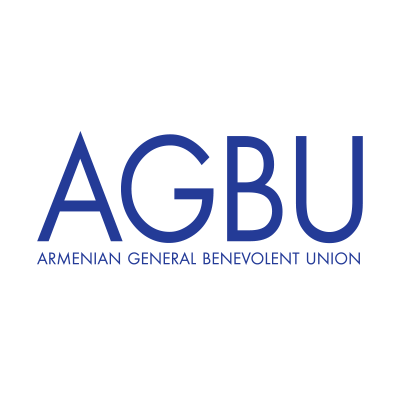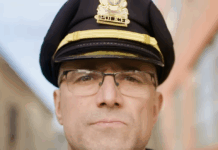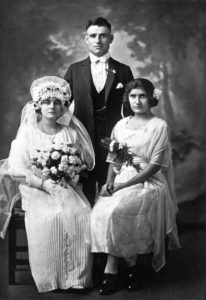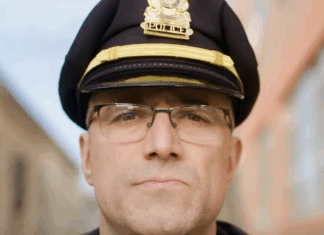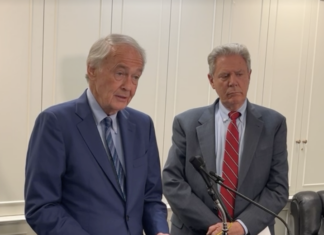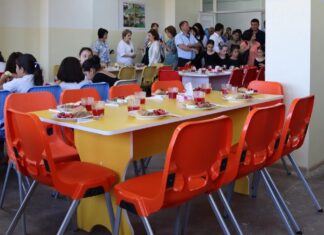By Ruth Thomasian
With 40 years of people showing me their photographs and telling me their stories, I present to you the photographs and stories of two early Project SAVE photo donors, both Genocide Survivors.
Ardashess Hampar — his story
When first I saw this photo, I was drawn to the stately pose of a distinguished man, standing tall in front of a cut-stone wall. Looking straight into the camera’s eye, he held one arm bent behind his back while the other held a riding-crop-type stick. His revolver was holstered in front on a pistol belt at his waist. He appeared proud and in full command in his Scottish kilt with fringed knee socks and bonnet on his head. You could almost hear the bagpipes playing. Well, I thought, there’s no doubt about this bloke’s country of origin. Imagine how flabbergasted I was — a relative newcomer back in 1979 to documenting photographs — when my donor, retired businessman Ardashess Hampar of New York City, told me that it was himself. Then he told me his story of determination, disguise and intrigue.
Ardashes was born into the prominent merchant-class Hampartzoumian family in Kharpert, Historic Armenia, Ottoman Empire, in 1890. The family owned property and did business with Turks as well as Armenians. He told me of the horror that governed the rest of his life—when during the 1895 massacre his father was shot dead by a Turk who owed him a lot of money. Ardashes confided, “I have the face of his murderer in my memory for ever.” Six months later his youngest brother was born to his widowed mother. His much older eldest brother became head of the family. Life had changed forever.
Ardashess continued his schooling, graduating from the American missionary Euphrates College, c. 1911, with a BA in Liberal Arts. Then he got out of Kharpert with the help of the British consul. Disguised as a British sailor, he board a British vessel undetected. He then joined the British Army using the name “Hamp,” determined to serve his people in some significant way. The Brits trained him as an information officer —simply put, a spy— and assigned him to their Scottish Seaforth Highlanders Regiment based in Afion Karahisar, in central Turkey, to infiltrate the Turkish lines during WWI. With his command of three languages, Armenian, Turkish, and English, he was in a class of his own.
